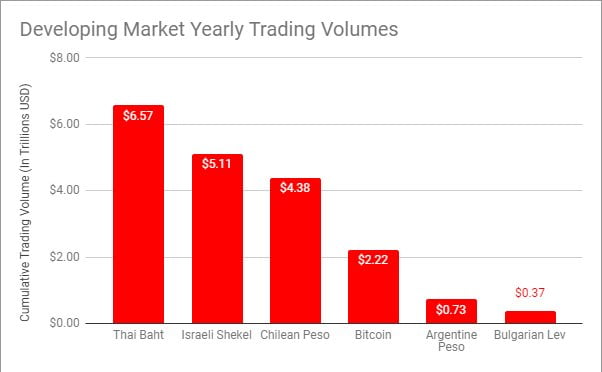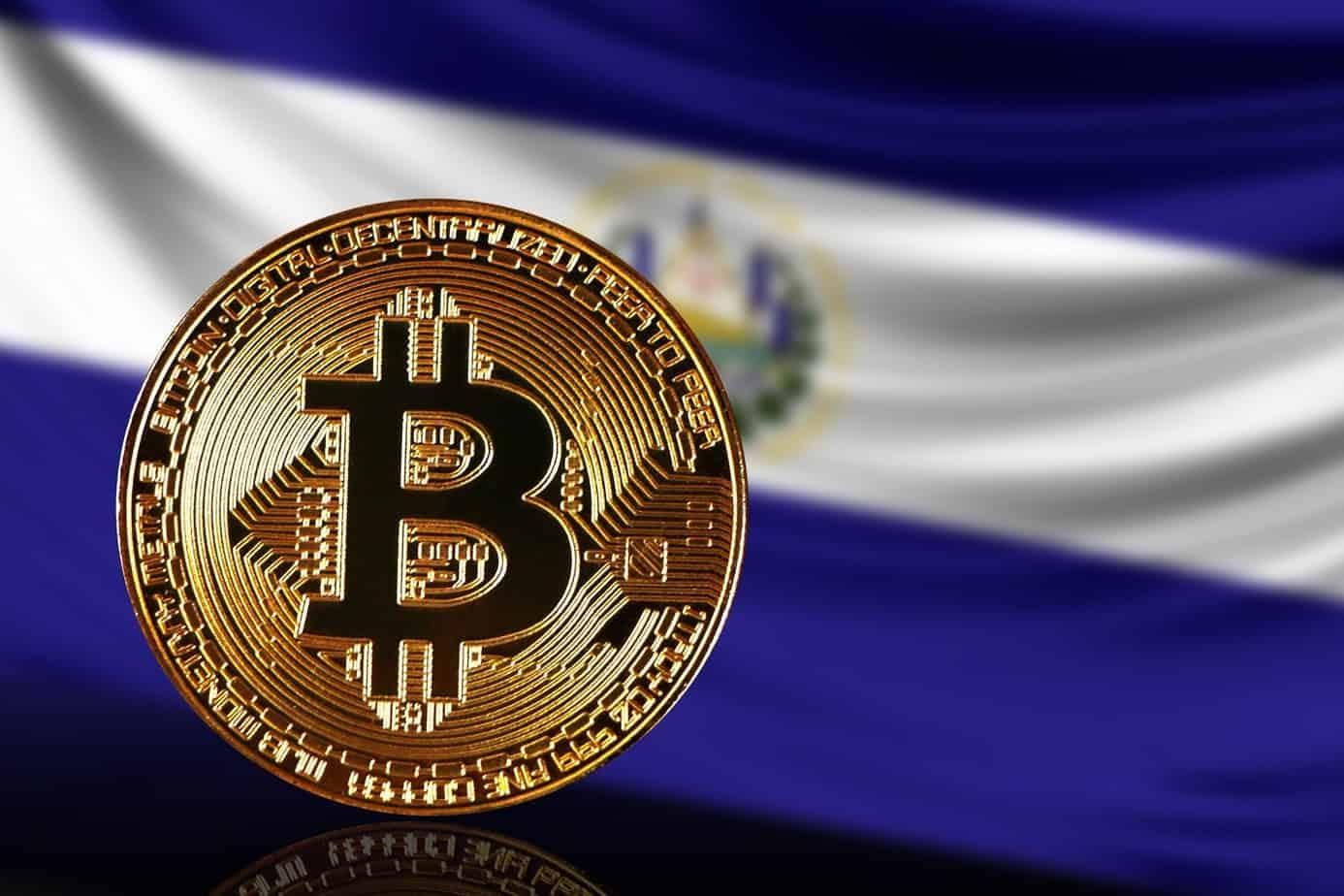2019-2-2 00:58 |
A Greek-British author, Bitcoin activist and Let’s Talk Bitcoin Host, Andreas M Antonopoulos has spoken on BTC’s scaling problems during a session on YouTube. There has been an ongoing debate on Bitcoin scalability for the past 6 years.
In the course of the patron-only live Q &A session, the speaker and blockchain expert talked on the scalability problem. His opinion on the issue was centered on Moore’s law.
Bitcoin Q&A: Scaling, privacy, and protocol ossification https://t.co/h8qit2Zw4O
— Andreas M. Antonopoulos (@aantonop) January 30, 2019
The Moore’s Law And Scalability ProblemBack in the day, the mechanism of using blocks to process transactions was limited to 1MB. The limit in size and frequency has caused a lot of constraints in the Bitcoin network’s output. Intel Co-founder Gordon Moore made an observation that the number of transistors in a compressed circuit doubles yearly-Moore’s Law.
This led to Andreas being asked whether the memory capacity and the computational speed have increased eight times over the years.
In his opinion about Moore’s law, the author stated that although the number of transistors doesn’t double every year, it was at its peak after every 18 months. He added that, as a fact, Moore’s law has decelerated in terms of the number of transistors in a circuit and computing speed.
Furthermore, the Bitcoin activist provided clarity on the possibility of a compromise in decentralization, should there be an increase in block size limit. He also talked about whether the nodes now have a capacity to manage a block size of 8 MB easily as compared to how it could handle a 1MB six years ago.
Solutions To The Scalability ProblemAccording to Andreas, the CPU’s ability to authenticate blocks in blockchain and decentralized public cryptocurrencies is not the issue. The problem lies with the network dormancy and bandwidth.
He added that Moore’s Law has placed more focus on hard drive storage and CPUs but not on network bandwidth, which can limit the data delivery due to restricted speed.
“Maybe you have to coax through your cable modem, we’re looking at speeds of about a hundred megabit and it’s kind of being stagnant in terms of development then if you go down to DSL then you’re really looking at speeds of up to 25 megabits at best most rural areas you’d be lucky if you get 10 megabits and in many cases you can’t even get half that”
Bandwidth is important in ensuring that activities such as mining and running node wallets in the Bitcoin network are carried out smoothly. A focus on network latency and network bandwidth would centralize mining further due to its reliance on chips.
SummaryIn his opinion, Andreas stressed that privacy, which is a major issue faced by blockchains, ought to be on the base layer and should be done soonest before the window closes.
Scaling should be done in the second layer. The base layer will also require some scaling so as to accommodate more on the second layer. However, the main focus right now is privacy.
origin »Bitcoin (BTC) íà Currencies.ru
|
|
























